If you’re a time-strapped importer trying to launch or scale your clothing line, finding the right fabric supplier in China can feel like navigating a maze — one filled with language barriers, vague pricing, and factories you can’t verify. This guide breaks down how to source fabric for clothing line with confidence, and shows how fabric exporters in China can become your biggest competitive edge — if you do it right.
Why Fashion Startups Turn to China for Fabric

Whether you’re launching a DTC brand or scaling your Amazon FBA apparel line, sourcing fabric from China offers unbeatable advantages.
Massive Fabric Selection
From organic cotton to high-performance synthetics, China’s textile ecosystem gives you access to:
- Natural fibers (cotton, silk, bamboo)
- Synthetic options (polyester, spandex, nylon)
- Blends, jacquards, printed knits, technical fabrics
- Eco-certified materials (OEKO-TEX, GRS, GOTS)
Competitive Pricing with MOQ Flexibility
Many fabric exporters in China offer tiered pricing and low MOQs, making it feasible to test small runs before scaling.
Built-In Customization Services
Need dyeing, digital prints, or water-repellent coating? Many mills offer full-package development, especially if you source through a verified agent.
How to Find Fabric for Your Clothing Line
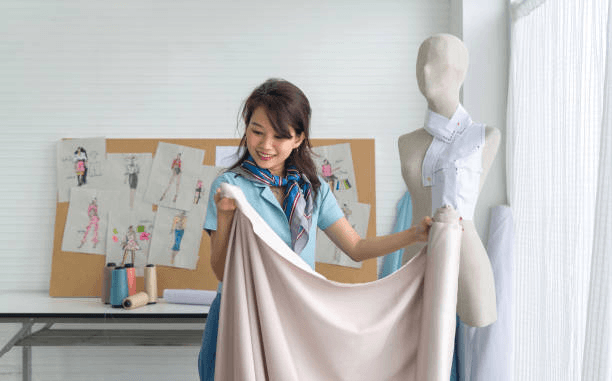
Here’s a streamlined approach tailored for e-commerce entrepreneurs and lean product teams:
1. Create a Fabric Brief
Before you contact any factory, define exactly what you’re looking for:
- Fabric type, weight, and width
- Color, finish, and handfeel
- Functional needs (stretch, breathability, durability)
- Certifications (e.g., OEKO-TEX, GOTS)
Bonus: Use fabric swatches from existing garments to communicate your expectations clearly.
2. Search Beyond Alibaba
Alibaba is a decent starting point, but top factories often avoid listing there due to copycat concerns.
Where else to look:
- HKTDC, Глобальные источники – verified suppliers, clearer documentation
- Trade fairs – Canton Fair (Guangzhou), Intertextile (Shanghai)
- Sourcing agencies – like Азиатская группа поставщиков, offering on-ground vetting and local price leverage
3. Vet Suppliers Thoroughly
Don’t rely on gold badges. Vet with a process:
- Ask for business licenses and export records
- Request video walkthroughs or аудит фабрики отчеты
- Look for ISO certifications or compliance documents
Or better — have a local sourcing partner vet them for you.
4. Request Swatches, Then Strike a Deal
Always test fabric before placing a bulk order:
- Request swatch books or lab dips
- Confirm lead times, MOQ, payment terms
- Lock in specs with a signed contract — don’t rely on chat messages
How to Start Importing Fabric from China?
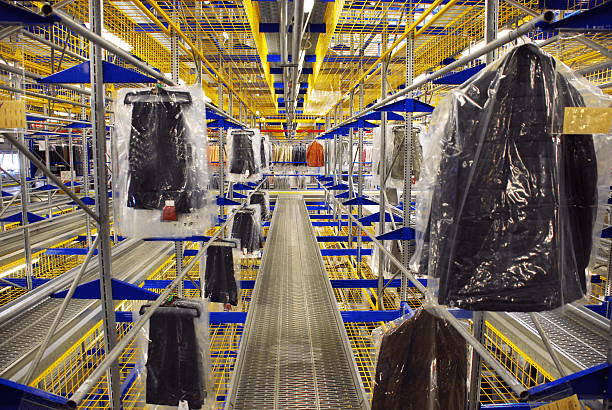
Once you’ve locked down the supplier, here’s how to import like a pro — even if you’ve never done it before.
Step 1: Register as an Importer
In the US, for example, that means getting an EIN and ensuring you’re cleared to receive commercial shipments.
Step 2: Choose Your Shipping Method
- Air freight – for speed and small-volume test orders
- Sea freight (LCL/FCL) – for bulk orders and cost savings
- Courier (DHL/UPS) – ideal for swatches or urgent samples
Work with a freight forwarder or a sourcing agency (like us) to handle the paperwork and customs declarations.
Step 3: Prepare Import Documents
You or your supplier will need:
- Commercial invoice
- Packing list
- Bill of lading or air waybill
- Certificate of origin
- Textile certifications (if applicable)
We handle this as part of our End-to-End Sourcing Package to keep your project 100% compliant.
What Are the Prohibited Imports from China?
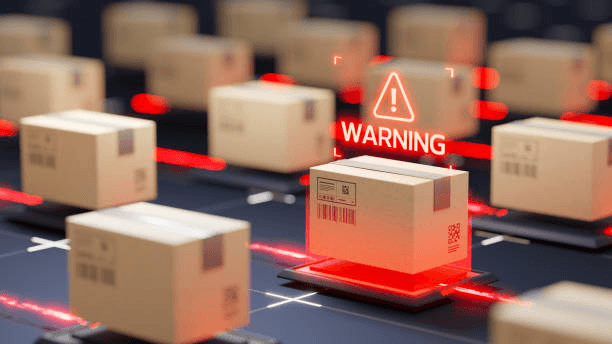
Import rules vary by country, but here’s what to watch out for:
Commonly Prohibited or Restricted:
- Counterfeit branded fabrics (e.g., Louis Vuitton logos)
- Animal-derived materials from endangered species (e.g., pangolin leather)
- Toxic dye-treated textiles banned under REACH or Prop 65
- Fabric with non-compliant fire retardants or formaldehyde levels
If you’re unsure, our team can help vet materials before production begins.
Why Work with a Sourcing Partner (Not Just Alibaba)
If you’ve ever said:
- “How do I know this factory is real?”
- “What if the product doesn’t match the sample?”
- “Shipping delays are killing my cash flow”
…you’re not alone.
At Asian Sourcing Group, we exist to solve exactly these problems for DTC founders and e-commerce importers. Here’s how:
What We Do:
- Factory Vetting – We audit mills in person
- Cost Negotiation – We leverage Guangzhou relationships to reduce markup
- 24/7 Project Tracking – See every stage from sampling to delivery
- QC & Compliance – Final inspection reports and lab testing included
- Amazon FBA Prep – Labeling, bundling, and compliance handled
Final Thoughts: Sourcing Smarter, Scaling Faster
Learning how to source fabric for clothing line in China isn’t just about finding the cheapest yardage. It’s about building a reliable, repeatable supply chain that delivers quality, on time, at the right price.
If you’re tired of guessing, ghosting, or gambling with fabric quality — don’t go it alone.
💬 Ready to Start Sourcing Fabric with Confidence?
Let’s talk.
👉 Contact Asian Sourcing Group to match with verified fabric exporters in China, get transparent pricing, and simplify your next product launch.
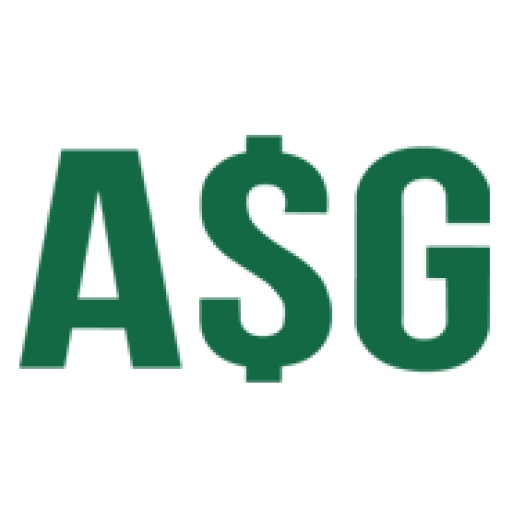
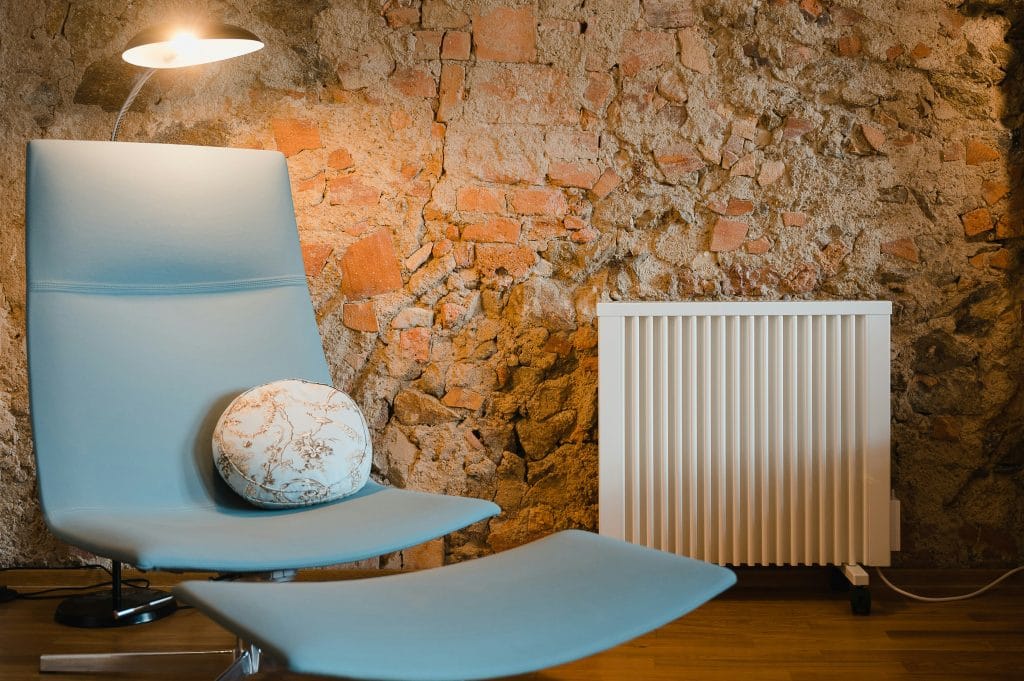
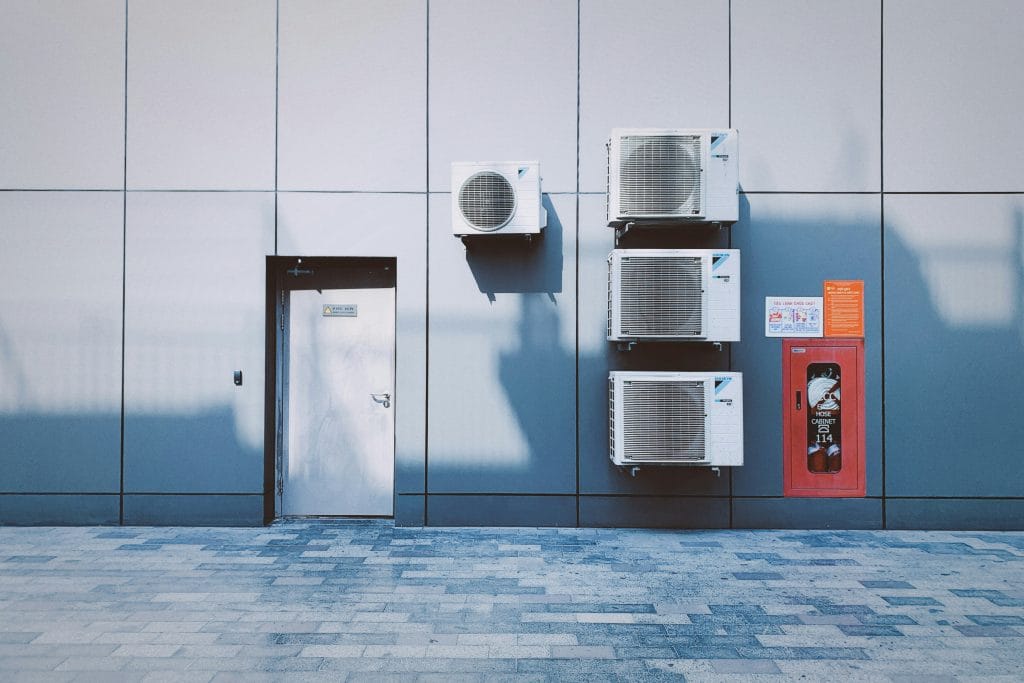
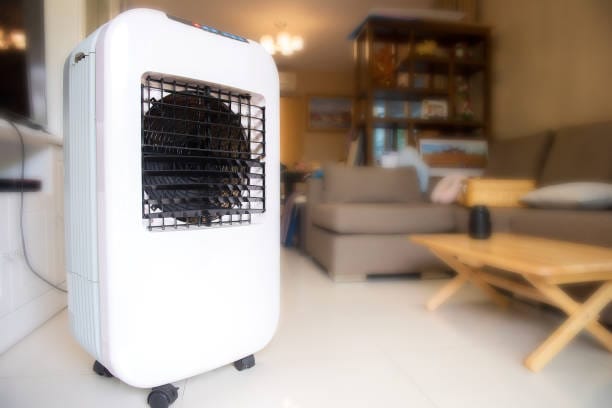


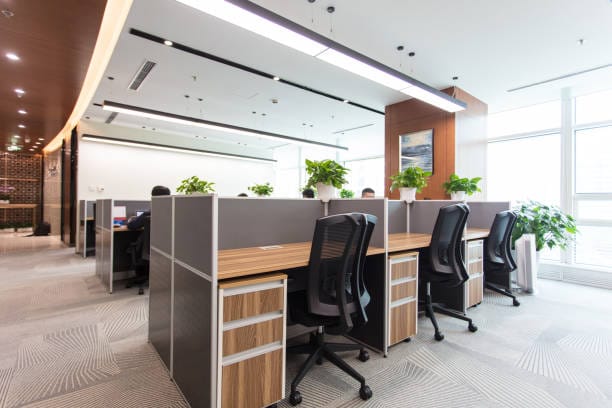
-300x198.png)